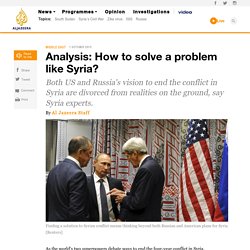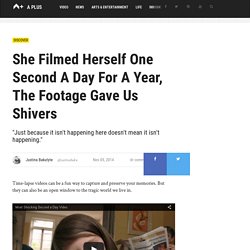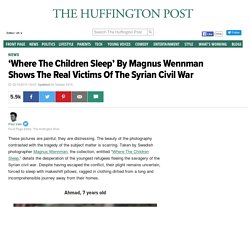

Analysis: How to solve a problem like Syria? - News from Al Jazeera. As the world's two superpowers debate ways to end the four-year conflict in Syria, which broke out in March 2011, as popular protests against the rule of President Bashar al-Assad, in the final analysis, according to one Syria specialist, any solution that does not reflect the realities of life inside Syria today and the ecologies of violence that have taken root during the past four years cannot be taken seriously when moving forward.

Al Jazeera asked four Syria experts about the most viable scenarios to end the conflict. Randa Selim, Director of the Initiative for Track II Dialogues at the DC-based Middle East Institute and non-resident fellow at the Johns Hopkins University SAIS Foreign Policy Institute. Talking with Bashar al-Assad will not help solve any of these problems, and keeping Assad in power will exacerbate them. Evidence abounds that, at the beginning of this crisis, Assad facilitated and manipulated ISIL as one of the tools in his political survival toolbox.
One Second A Day Video Draws Attention To The Conflict In Syria. "Most Shocking Second A Day" is a PSA created by a British creative agency Don't Panic for Save the Children organization.

Its goal is to draw attention to the ongoing violence in Syria. "Our solution was to tell a story that would bring the realities of Syria home, and to do it we combined the one-second-a-day and photo time-lapse formats to create a new way of showing an ordinary girl's world falling apart in just a year," Don't Panic says. The video shows a British girl filming a one second video of her life. In her footage we can see messages of the escalating conflict pop up in the news, but she stays oblivious. Then bombs start falling. ISIS, Syria and War. The European Refugee Crisis and Syria Explained.
'Where The Children Sleep' By Magnus Wennman Shows The Real Victims Of The Syrian Civil War. These pictures are painful, they are distressing.

The beauty of the photography contrasted with the tragedy of the subject matter is scarring. Taken by Swedish photographer Magnus Wennman, the collection, entitled “Where The Children Sleep,” details the desperation of the youngest refugees fleeing the savagery of the Syrian civil war. Despite having escaped the conflict, their plight remains uncertain, forced to sleep with makeshift pillows, ragged in clothing dirtied from a long and incomprehensible journey away from their homes. Horgos/Roszke. Even sleep is not a free zone; it is then that the terror replays. Horgos, Serbia. Why Are Immigrants More Likely to Concentrate in Certain Industries? In the U.S. one might notice a curious concentration when it comes to jobs—certain ethnicities dominate certain industries.

Greek immigrants are more likely to run restaurants than immigrants from other countries, and Koreans more likely to run dry-cleaning shops. Yemeni immigrants are 75 times more likely than immigrants of other ethnicities to own grocery stores, and Gujarati-speaking Indians are 108 times more likely to run motels. Specialization among ethnic minorities, immigrant or not, isn’t new: It’s happened with Jewish merchants during Medieval times and with the Chinese in the laundry industry in 1920s California.
Why does it happen so often? A recent report from the National Bureau of Economic Research attempts to explain this phenomenon. William R. The authors find that the way that immigrants socialize is especially relevant to the heavy concentration of immigrant-owned businesses in very specific industries.